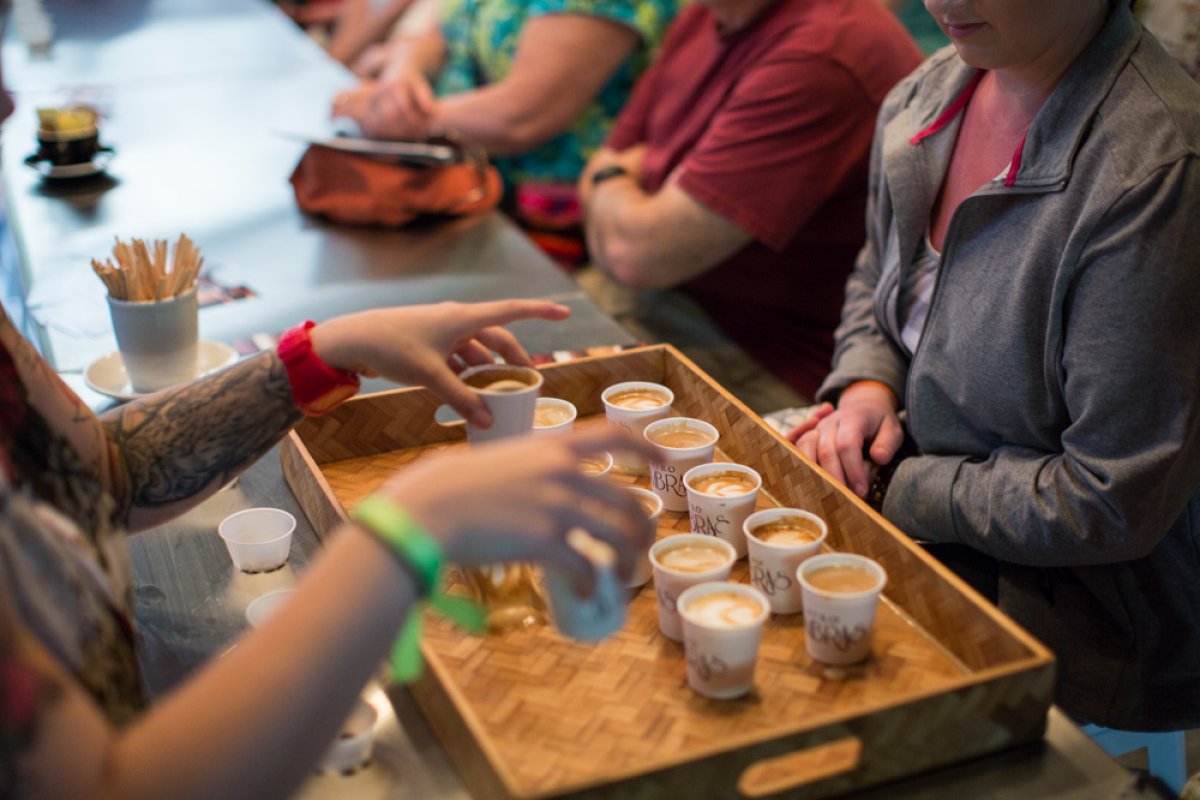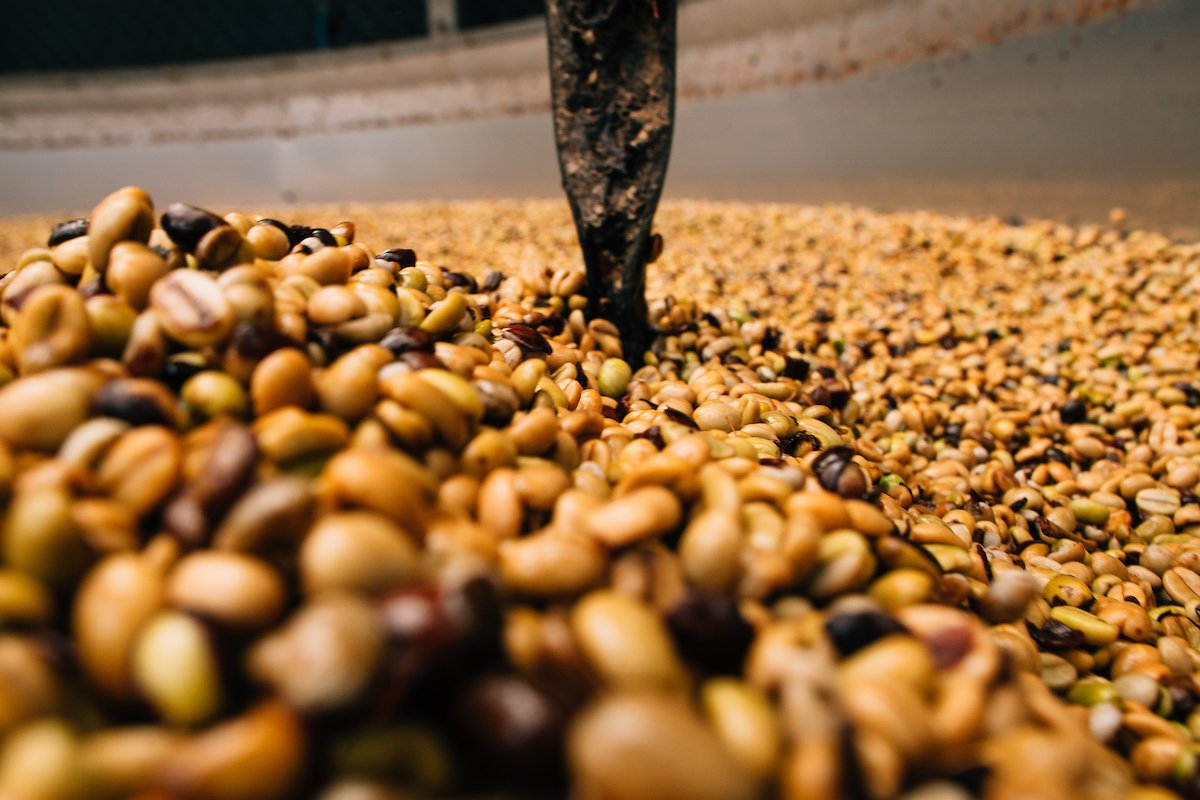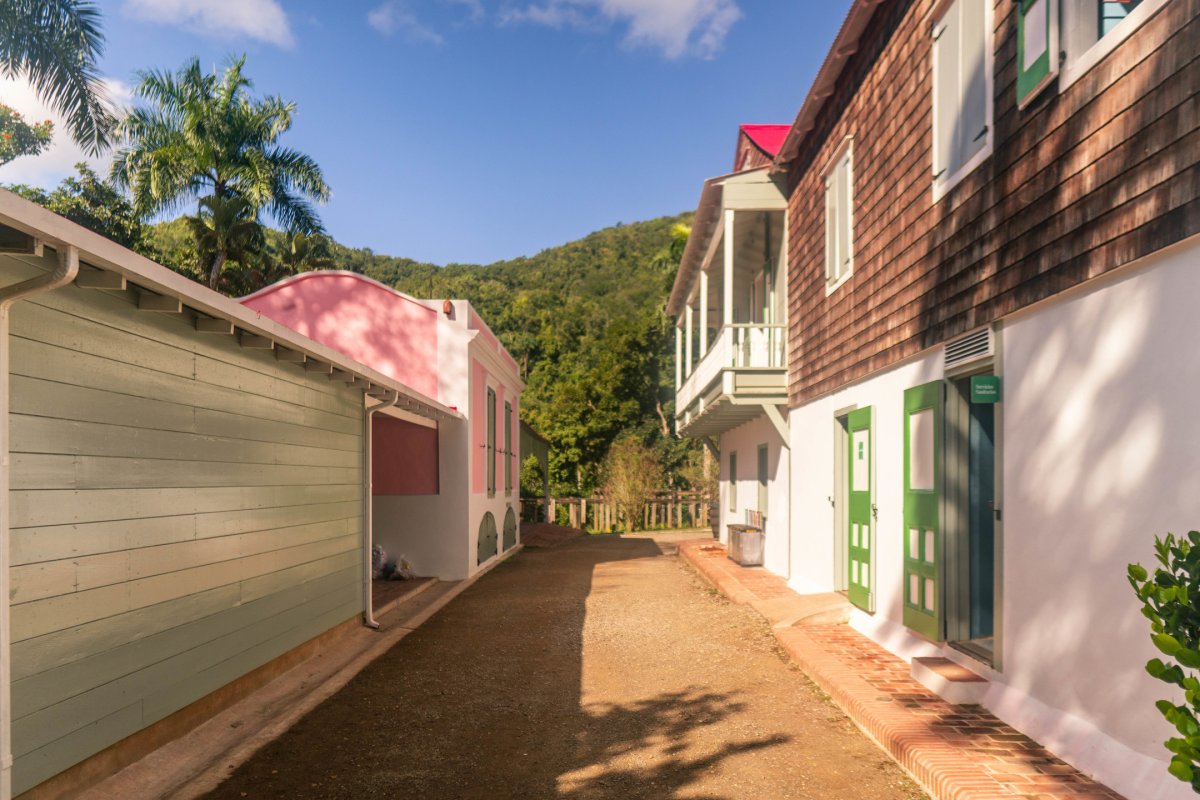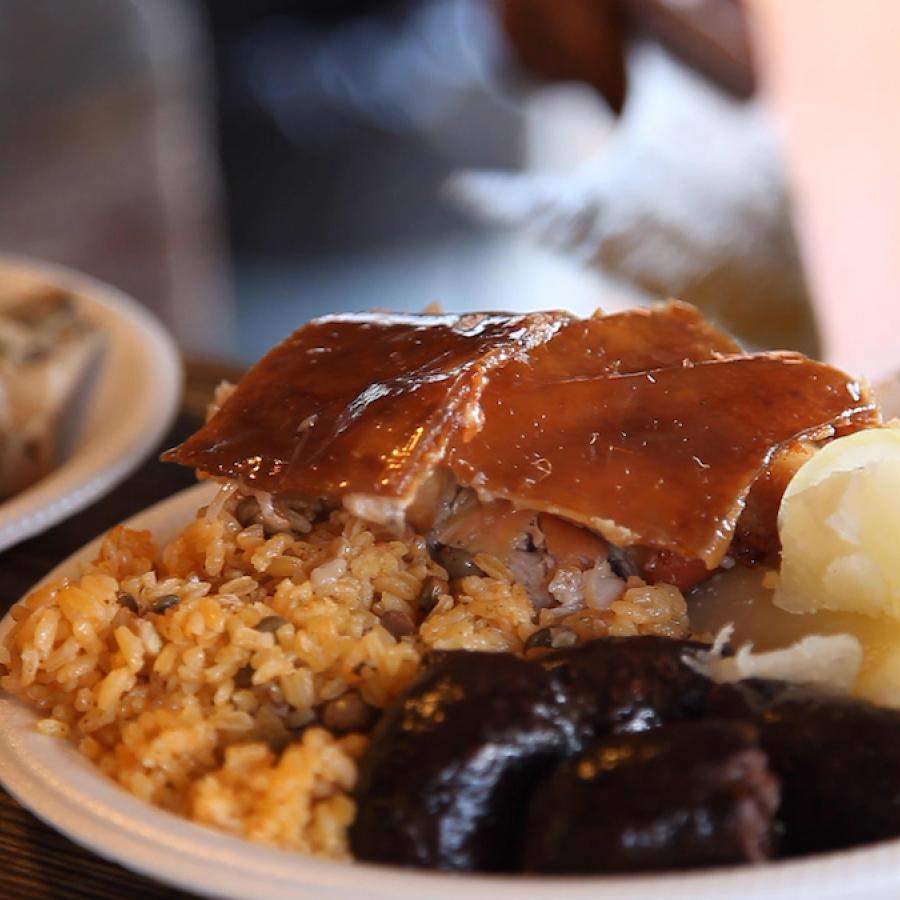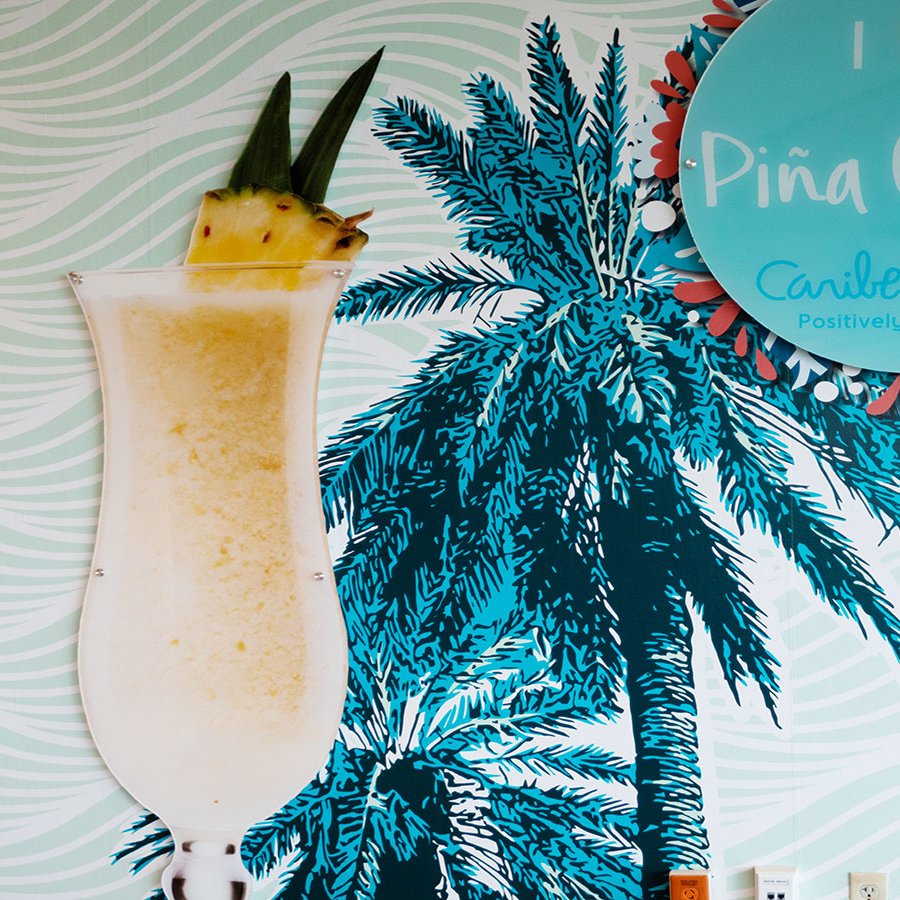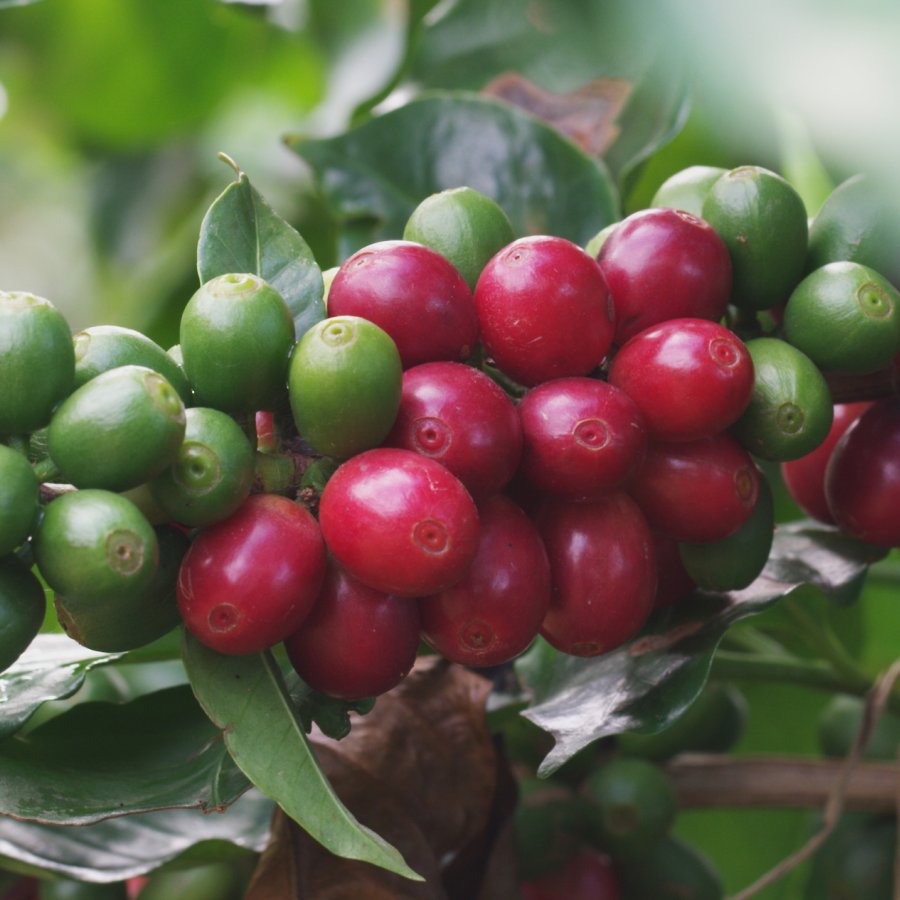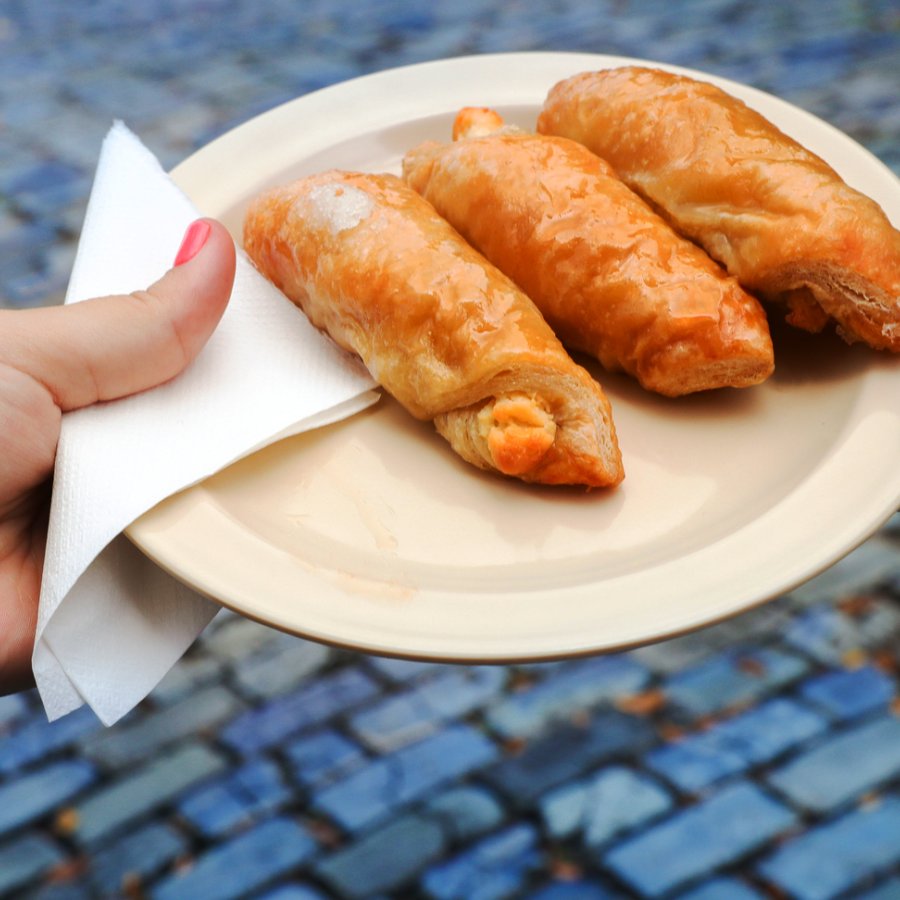With around two billion cups consumed daily worldwide, coffee is undoubtedly one of the world's most popular drinks.
In Puerto Rico, sipping a cup of joe is a full experience. The sweet notes of a freshly brewed cup will take you back to yesteryear, where the jíbaros worked the sugarcane and coffee plantations in the mountainside of Puerto Rico. Little by little, it became more than a habit; it became a tradition. Coffee consumption on the Island has been transformed profoundly over the years. Before, these farmers used to start their mornings with a strong coffee cup to retain their energy while working the lands and end the day with another cup when they returned home. Today, it is a way of connecting with people and reconnecting with our roots. You can still find a working coffee hacienda that produces specialty-gourmet coffee, and you'll feel like traveling back in time.
Visit a Working Coffee Hacienda in Puerto Rico
You might not know this, but coffee production on the Island goes back centuries, and Puerto Rico became known for exporting some of the world's best java. Historians even say that it was the drink of popes and kings… it is THAT good! And it is the soil and elevation where it is cultivated that makes Puerto Rican coffee special, giving it a rich and supple body. You'll notice the uniqueness in the sweet and fruity nuances, with subtle hints of chocolate in the aftertaste.
Order like a local so that you can have the best farm-to-cup experience and learn some boricua terms in the process.
Here's a breakdown of different ways you can enjoy this life-giving elixir:
Pocillo vs. Cortadito: The Puerto Rican espresso is not that different from the Italian espresso, but the Spanish term references the portion's size. When you order a pocillo, you ask the barista for a single espresso shot in a small cup. That's it! On the other hand, when you order a cortadito, which comes from the word cortado (to cut), the barista will serve an espresso shot with a layer of steamed milk to "cut back" the strength of the coffee.
Café con leche: If you're looking for a traditional latte or flat white, this should be your choice. A café con leche translates to "coffee with milk." This beverage consists of a larger pour of milk in a bigger cup or mug.
Oscuro or cargao, Término, or bibí: There are various "levels" to a café con leche. A very dark coffee is known as oscuro or cargao, whit just a hint of milk to "lighten" the black coffee. The most common one is término or término medio, a way of saying, "I want equal parts in the coffee to milk ratio." Another version is café bibí, which references the Puerto Rican term for a baby's bottle full of milk, and it consists of milk with a hint of coffee.
Puya, prieto or negro: Black coffee is just café negro or café prieto. Requesting a café puya is asking for black, sugarless coffee.
Café Aguao or Café Americano: Since Puerto Rican coffee tends to be on the stronger side of the spectrum, asking for a café aguao or americano is what you would order when you want a watered-down version of a black coffee.
Note: Brewing methods vary depending on the coffee shop, hacienda, or panadería.

